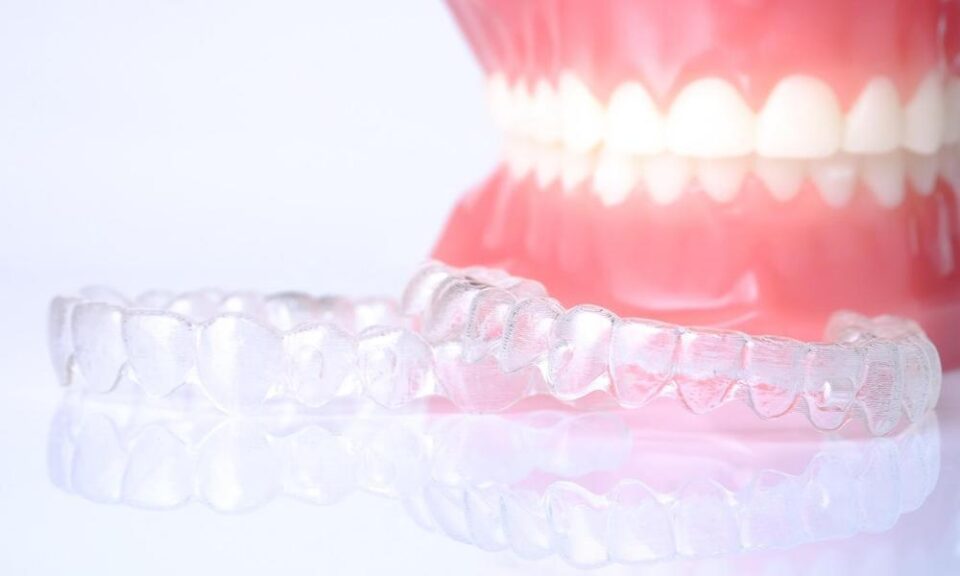Orthodontics, a specialised branch of dentistry, has been a beacon of hope for those seeking to realign their teeth for a more confident smile. Traditional braces, with their metallic brackets and wires, have been the go-to solution for decades. They’ve been a rite of passage for many teenagers, a symbol of the transition to adulthood. But as technology advances, so does the field of orthodontics with Invisalign St John’s Wood.
The limitations of traditional braces
Traditional braces, while effective, come with their own set of challenges. They can be uncomfortable, often irritating the mouth. They require frequent visits to the orthodontist for adjustments, making them inconvenient for busy individuals. Moreover, their conspicuous appearance can lead to self-consciousness, especially among teenagers and adults.
The advent of clear aligners
In response to these challenges, orthodontic care has been gradually moving away from traditional braces. The advent of clear aligners has revolutionised the field, offering a more comfortable and aesthetically pleasing alternative. These aligners are virtually invisible, allowing users to realign their teeth without drawing unwanted attention. They can also be removed for eating and cleaning, providing an ease of use that traditional braces simply cannot match.
The science behind clear aligners

Clear aligners work on the same fundamental principle as traditional braces – applying pressure to gradually move teeth into their desired position. However, instead of using brackets and wires, clear aligners use a series of custom-made, plastic trays. Each tray is slightly different, moving the teeth incrementally towards their final position. The patient switches to a new tray every couple of weeks under the guidance of their orthodontist.
The benefits of clear aligners
The benefits of clear aligners extend beyond aesthetics and comfort. They offer a level of precision that traditional braces struggle to achieve. Using 3D imaging technology, orthodontists can map out the entire treatment plan in advance, predicting the movement of the teeth with remarkable accuracy; this allows for more efficient treatment, often reducing the overall time required to realign the teeth.
The future of orthodontic care
The shift from traditional braces to clear aligners is indicative of a broader trend in orthodontic care. As technology continues to become more sophisticated, so too will the methods used to realign teeth. Already, we are seeing the emergence of smart braces equipped with sensors to monitor pressure and alignment. These devices can provide real-time feedback to orthodontists, allowing for more personalised and effective treatment.
Embracing the change
Change can be daunting, especially when it comes to healthcare. But it’s important to remember that the goal of these advancements is to improve patient care. Clear aligners, with their numerous benefits, are a testament to this. They represent a significant step forward in orthodontic care, offering a more comfortable and efficient way to realign teeth.
The role of technology
Advancements in dental technology have also played a significant role in addressing the issue of wobbly dental prosthetics. Digital imaging and 3D printing, for instance, have made it possible to create highly accurate and personalised prosthetics. These technologies ensure a better fit and more comfortable experience for the wearer. Moreover, new materials and designs have led to more durable and natural-looking prosthetics, further enhancing the quality of life for individuals with dental prosthetics.
In addition, the development of mini dental implants has provided an alternative for those who may not be suitable candidates for traditional implants. These smaller implants require less invasive surgery and have a shorter recovery time, making them a viable option for many individuals. The use of such innovative techniques and technologies is transforming the field of dental prosthetics, offering more effective solutions for those dealing with wobbly prosthetics.
The power of resilience and patience
It’s important to remember that dealing with wobbly dental prosthetics requires resilience and patience. The process of adjusting to new prosthetics or undergoing procedures to improve the fit and stability of your dentures can be challenging. There may be moments of discomfort or frustration. However, it’s crucial to stay patient and keep your end goal in mind – a comfortable and confident smile.
Moreover, it’s essential to communicate openly with your dental team about any concerns or discomfort you may be experiencing. They are there to help and can provide advice or adjustments to improve your experience. Remember, every step you take, no matter how small, brings you closer to a more comfortable and confident life with your dental prosthetics.
In short
The field of orthodontics is in a state of flux, moving away from traditional braces towards more innovative solutions. As patients, it’s an exciting time to be part of this evolution. With clear aligners and other advancements, we can look forward to a future where realigning teeth is not just effective but also a comfortable and convenient process.

